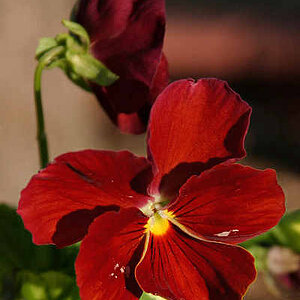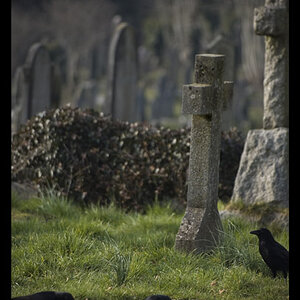Derrel
Mr. Rain Cloud
- Joined
- Jul 23, 2009
- Messages
- 48,225
- Reaction score
- 18,941
- Location
- USA
- Website
- www.pbase.com
- Can others edit my Photos
- Photos OK to edit
How long are you developing your enlarging paper in the Dektol? Are you allowing for a good, full-term, proper development of the paper, for something like 90 seconds? The Duplex safelight is a wonderful light to work under, I love them!
I am wondering if the developer is at a decent temperature, like 69 to 72 degrees Farenheit, and that it was mixed up properly, and not say, accidentally diluted through some type of innocent mistake,like, oh, I dunno'...maybe adding an extra quart of water or something?
If the safelight is good, and the covered paper part (that which was underneath say a row of 25-cent pieces or a pair of scissors, a flat rocke,etc.) still looks pure white, we've eliminated safelight and light leak fogging; so...that seems to point to a problem in the developing solution, or the way it's used. Are you agitating the print in the tray? Developing face-down for 90 seconds, so you're never tempted to "yank" the print early? are you 110-percent, double-dog-darnit, swear-to-gosh-darn-sure the developer is mixed properly?
If the safelight test paper is not PURE white, you've got a fog issue somehow.
Was the paper shipped via an air carrier? Could it have gone through a horribly maladjusted, massive deep X-ray type machine at an airport?
I am wondering if the developer is at a decent temperature, like 69 to 72 degrees Farenheit, and that it was mixed up properly, and not say, accidentally diluted through some type of innocent mistake,like, oh, I dunno'...maybe adding an extra quart of water or something?
If the safelight is good, and the covered paper part (that which was underneath say a row of 25-cent pieces or a pair of scissors, a flat rocke,etc.) still looks pure white, we've eliminated safelight and light leak fogging; so...that seems to point to a problem in the developing solution, or the way it's used. Are you agitating the print in the tray? Developing face-down for 90 seconds, so you're never tempted to "yank" the print early? are you 110-percent, double-dog-darnit, swear-to-gosh-darn-sure the developer is mixed properly?
If the safelight test paper is not PURE white, you've got a fog issue somehow.
Was the paper shipped via an air carrier? Could it have gone through a horribly maladjusted, massive deep X-ray type machine at an airport?


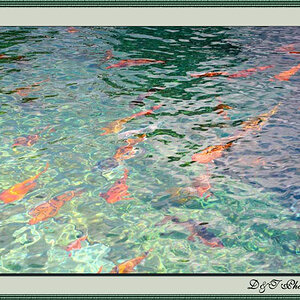

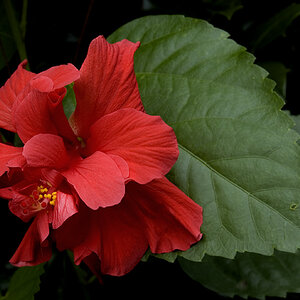
![[No title]](/data/xfmg/thumbnail/34/34139-e52deba745f42ba091907fcc460cd6db.jpg?1619736311)
![[No title]](/data/xfmg/thumbnail/42/42016-4e3a2f053aa7a987a0b51e5a0fe85262.jpg?1619739978)
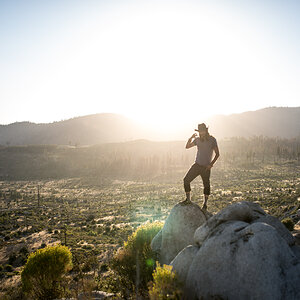
![[No title]](/data/xfmg/thumbnail/41/41779-303c41fcb3e37507cbe986d76dbfcf85.jpg?1619739890)

![[No title]](/data/xfmg/thumbnail/41/41783-314fbf7e0c66dfa41b2a2d535aa3a9cd.jpg?1619739891)
![[No title]](/data/xfmg/thumbnail/35/35212-039632ef3763350189fc49390cb7eadf.jpg?1619736950)
